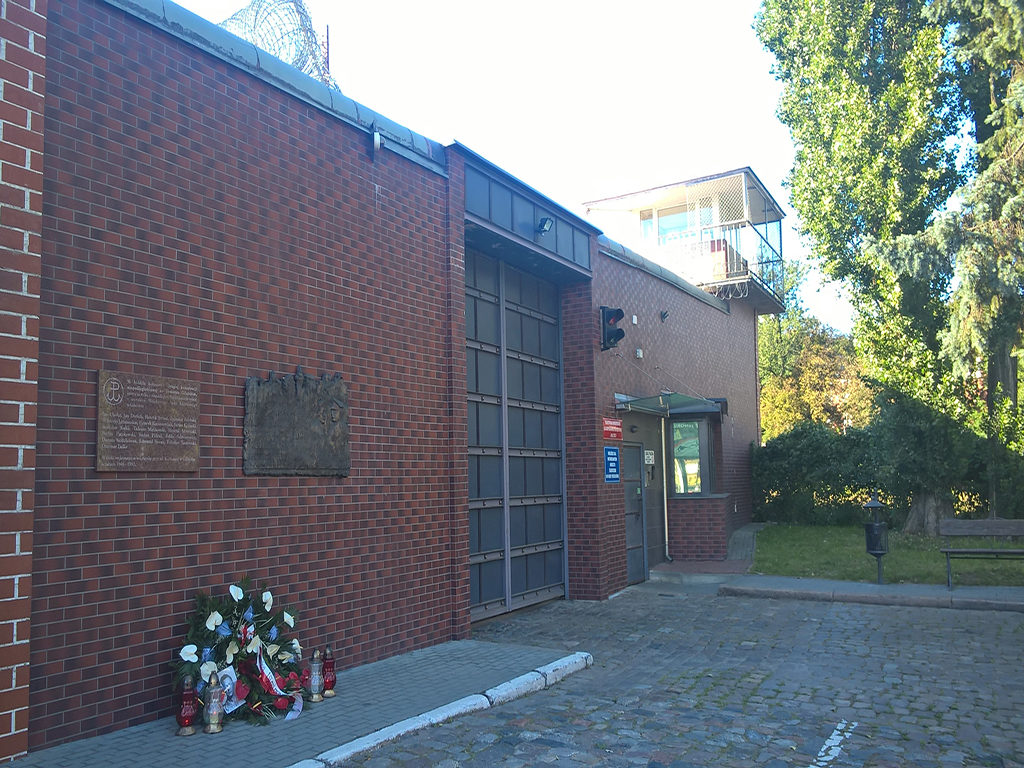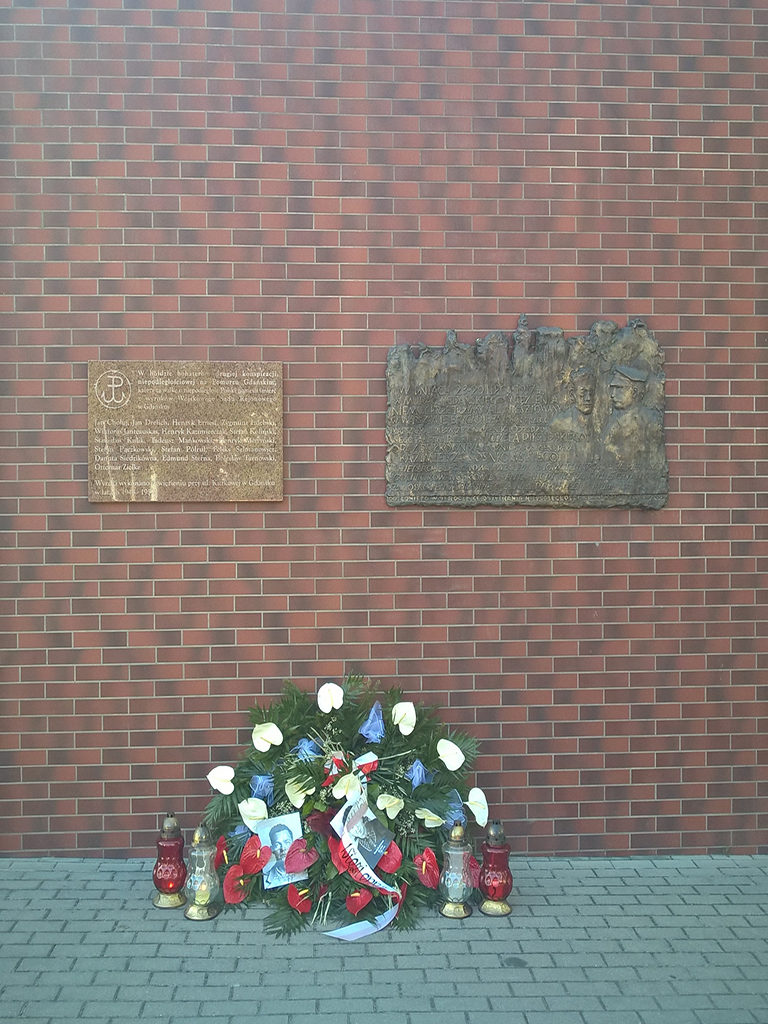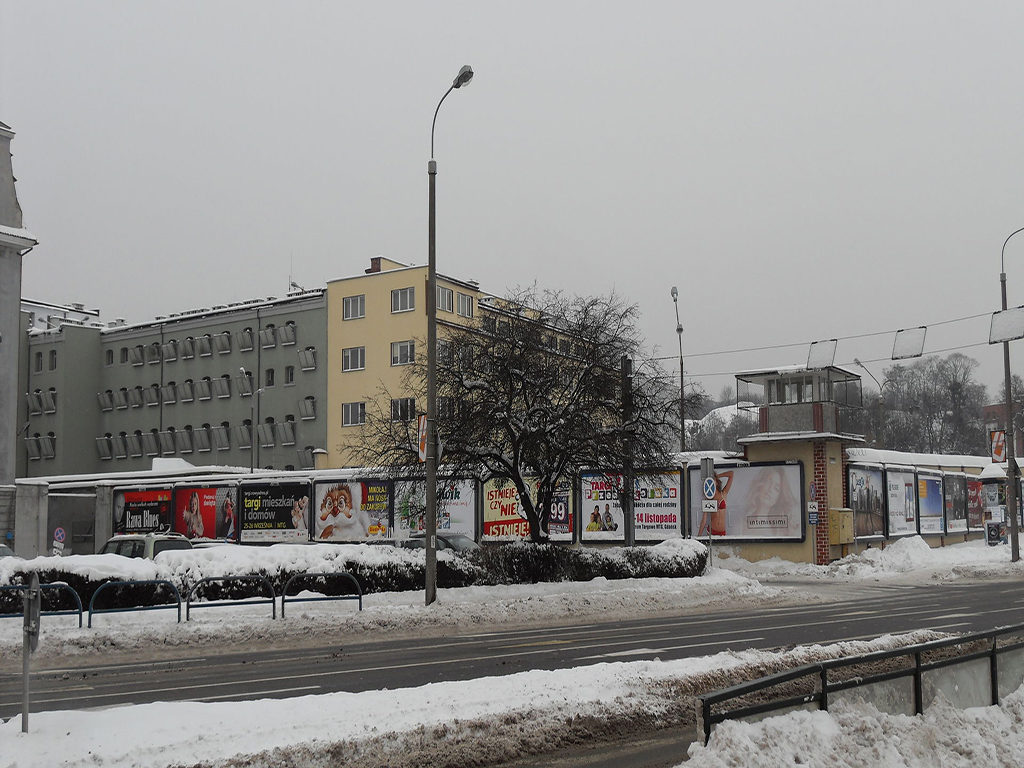- Point of Interest
- Kurkowa 8, 22-100 Gdańsk, Pologne
During its history the City Prison in Gdansk housed all kinds of prisoners: criminals, but political prisoners as well. After the abolishment of the Free City of Gdansk by the Nazis in 1939, hundreds of intellectuals, democrats, freedom fighters and jews were incarcerated here. Many of them were subsequently sent to Piasnica or Szpegawsk, where they were executed.
The City Prison at Kurkowa Street in Gdansk was established in 1851 as an appendage to the City Courthouse. Between 1900-1910 the building was expanded to house up to a thousand prisoners, mostly criminals. During the First World War some political prisoners were incarcerated in the City Prison, including the Polish military officer, statesman and freedom fighter Józef Piłsudski. In 1933 the local Nazi Party took over the City’s government. The German majority in Gdansk resented the Polish minority and their democratic opposition and due to the nazification many democrats ended up in the City Prison. After the German invasion of Poland on 1 September 1939 over 800 Poles from Gdansk and Pomerania were incarcerated in the Prison, and often severely maltreated. The prison became one of the staging areas of Poles preselected by the Germans to be executed in places like Piasnica and Szpegawsk. Overall during the war over 29.000 people served time in the City Prison; 500 of them were executed or died of mistreatment.
After 1945 the prison was taken over by the Polish Communist security services. Among the prisoners were war criminals like the Gauleiter of Gdansk Albert Forster, the guards of the Stutthof concentration camp, like Jenny-Wanda Barkmann, as well as members of the Polish anti-communist resistance. Some of these were executed in the Prison, including Danuta Siedzikówna, alias ‘Inka’. The Communist political police retained ownership of one of the prison blocks until its disbandment in 1989. Commemorative plaques were placed on the prison wall, documenting the historical events and the names of persons who were incarcerated.
Tourist information
Nowadays the Prison is not opened for the public. The commemorative plaques are located on the eastern wall, along the 3 Maja Street.



